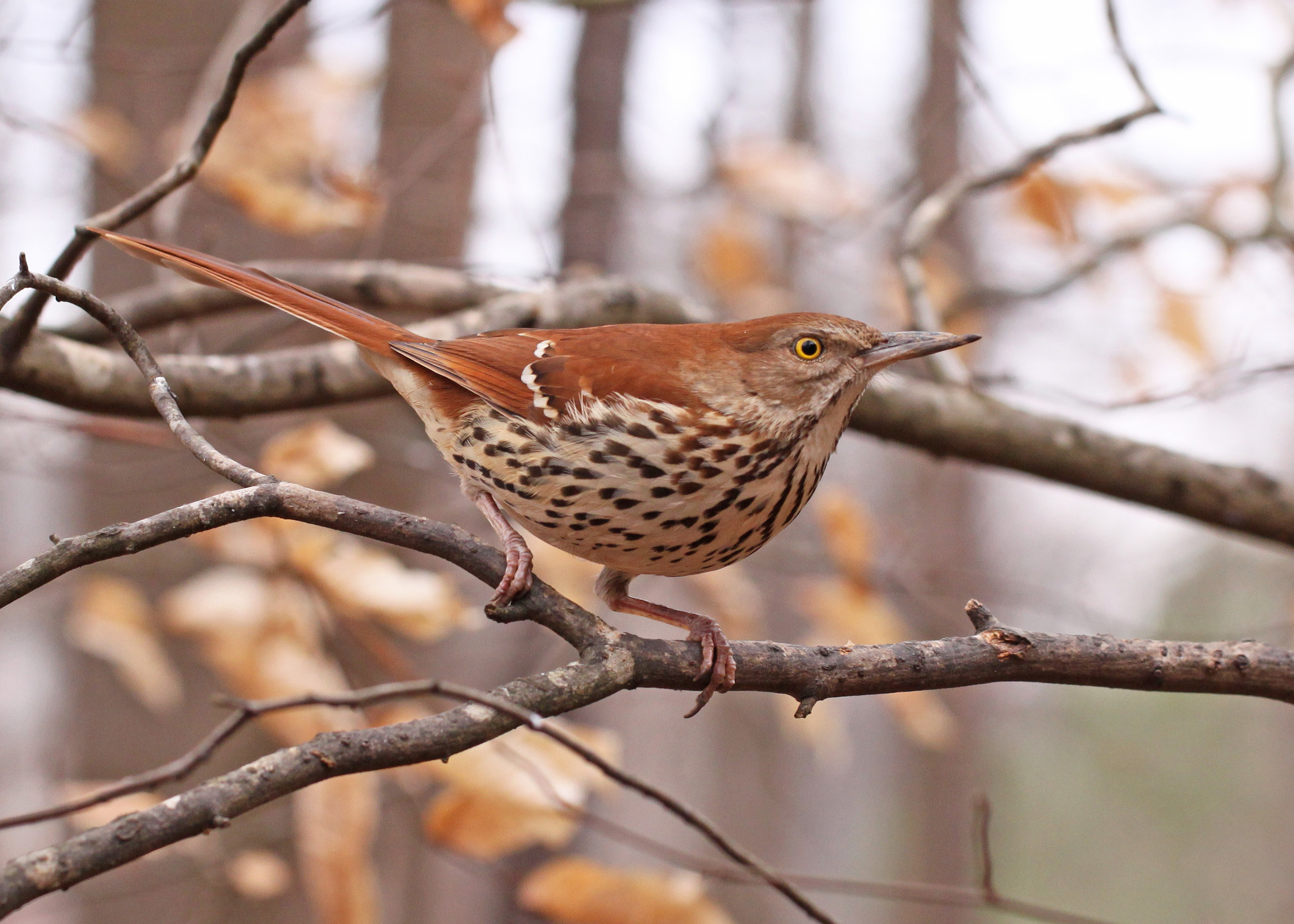Continent-wide, the mourning dove is one of the most common birds around, though it's often overlooked. Even so, over 20 million individuals are sighted and dropped in the US by hunters each year—the most of any game bird in the US—but the population sits at a stable estimate of 350 million birds.
Photo by Monoc' Paul
Understated plumage, a calm song, and ubiquity conspire to veil this bird in plain secrecy, yet there was a time when the mourning dove was a species of conservation concern in Wisconsin. In 1951 a study was conducted where rural mail carriers listened on their routes for five months for mourning doves. An average of 6 doves were found per 100 miles. Compare that to today, when one might see 6 doves just at one feeder! Intensive hunting in the early part of the century which gave way to the Migratory Bird Treaty Act of 1918 (for which we celebrate 2018 as Year of the Bird), and allowed the population to rebound. By the mid-1900's, mourning doves had recovered to a point where some scientists in Wisconsin felt comfortable with a hunting season. However, it was not until 2003 that a hunting season opened in Wisconsin, the first since 1918. The bird was named the state symbol of peace in 1971, and was removed as a game species at that time.
Mourning doves in Wisconsin will often migrate south to the Gulf states. Some will spend the winter, but many of our Wisconsin resident winter doves come from Minnesota, Michigan, and Canada.
Photo by Boris Grozev
Vigorous breeders, mourning doves can lay two to five clutches per year, with two eggs per clutch. The mourning dove's young are called squabs, the same name given to young of the closely related but now extinct passenger pigeon. Those squabs are altricial when they're born, meaning they are born featherless and stay in the nest while they rapidly build body mass. In 15 days, squabs will put on 14 times their weight at birth, and they may fledge up to 4 days before that, just 11 days out of the egg.
Mourning doves are incredible habitat generalists, and have adapted well to human expansion across the continent. They can be found in woodlots, fencerows, old fields, prairies, suburban and urban areas... really almost anywhere in the state except heavily forested areas in northern Wisconsin.
Photo by Eric Begin
With a strong, whistling flight clocked at 55mph, mourning doves can travel exceedingly fast, especially when hunted. However, their migration plans turn out to be a little more relaxed. Often the birds won't fly more than twenty miles in a day, and won't reach speeds over 35mph. The birds rely almost exclusively on seeds and grains for their diet, and likely find plenty of sustenance on their way south, enough sustenance to distract the birds and turn what could be a straight-line flight into a weeks- long extravaganza.
You can find mourning doves at Faville Grove this winter in sheltered shrubby areas, in the ledge savanna, and along Faville Woods. Spring birds will return in early April, and their reproductive cycle begins in late April and early May.
Written by Drew Harry, Faville Grove Sanctuary land steward



















